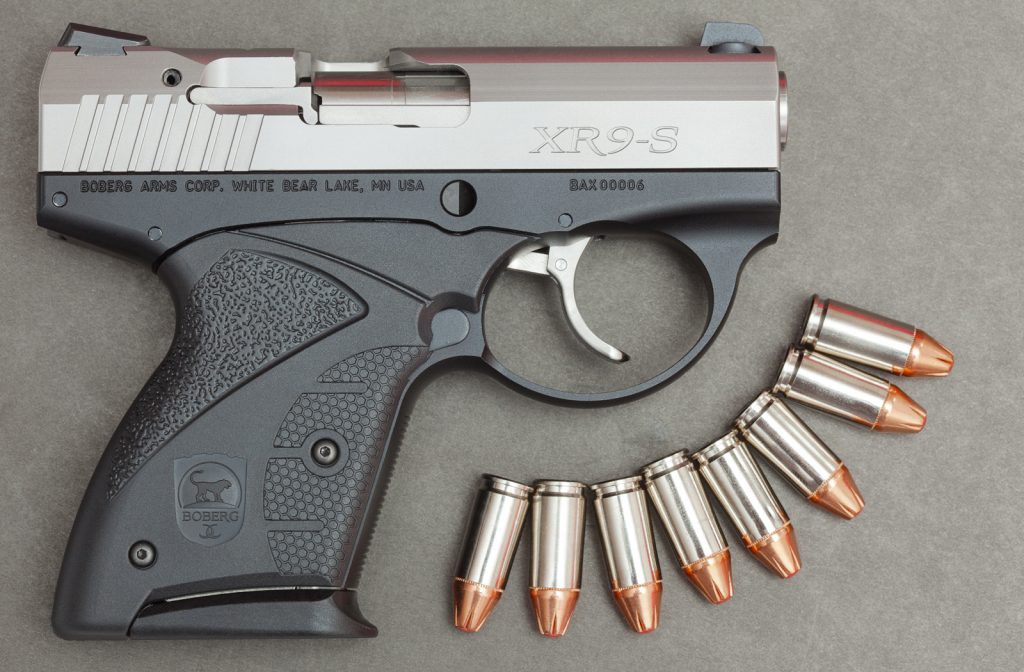
Sub-compact concealed carry handguns are a hot item these days due to their small size and low prices. While they may seem like the perfect defensive weapon for everyday carry, they also have a few inherent drawbacks that are important to consider. Let’s look at a few reasons why they may not be the best option to have at your disposal when you’re facing an imminent threat at close range.
Low Capacity
The first, and arguably most-important drawback is that most mini guns lack the same capacity as their standard-sized counterparts. Some clips are so small that they only hold 6-8 rounds, and this can put you at a distinct disadvantage if you run out of ammo before scoring a good hit. While you can offset this limitation by carrying a couple of extra clips, you will still need to disengage the target and reload the weapon. If you choose this type of weapon, make sure that you practice reloading under different conditions until you can do it in less than 5 seconds.
Lack of Power
Smaller cartridges can translate into poor performance in terms of velocity and distance. Rounds tend to move at slower speeds and drop off after a few yards. Consequently, unless you’re within a few feet of your target, there’s a good chance that the bullet will never make it, and if it does, it may not strike with enough force to stop them in their tracks. Additionally, the recoil on large caliber sub-compacts may be hard to get used to, and this can impact your ability to shoot accurately.
Poor Grip and Control
Sub-compact guns often have short, stubby grips that are barely big enough to wrap a couple of fingers around, and a two-handed grip is next to impossible. Consequently, if you’re more familiar with standard sized handguns, you may need to relearn how to effectively handle, control and aim the weapon in order to get off an accurate shot.
Weight and Balance
The gun-trigger ratio in sub-compact handguns is usually quite different from their standard sized counterparts. Triggers tend to be heavier than the guns, and this can make it a challenge to maintain control over the weapon as you take a shot because you have to expend a lot of energy and concentration in order to try and hold the gun steady. While you can work beyond this limitation with a little bit of practice, the reality is that a sub-compact will never feel as balanced as standard handguns, and this will take some getting used to.
Tips to Compensate
The first thing that you can do to improve your shot with a sub-compact is to get a pinky magazine extension. This will allow you to wrap your second, ring and pinky fingers around the grip and give you some additional support. Second, take your support hand, cup it against your strong hand and give it a good squeeze. This will put even pressure around the gun and make it more stable when you’re shooting. Finally, you also want to make sure that you’re holding the gun so the bore line is at the same angle as your forearm. This will cause the arm to absorb most of the recoil instead of your wrist, and this will help you to aim and shoot with greater accuracy.
We’re not trying to say that sub-compact handguns are not useful, because they can fill a niche, particularly when you’re just looking for an emergency weapon to use in close-quarters situations. However, you want to be mindful of their limitations so that you can adapt accordingly. The important thing is that you take time to shop around, test a few different models, and make sure that you are choosing a sub-compact that is the best fit before you rely on it in the real world.
